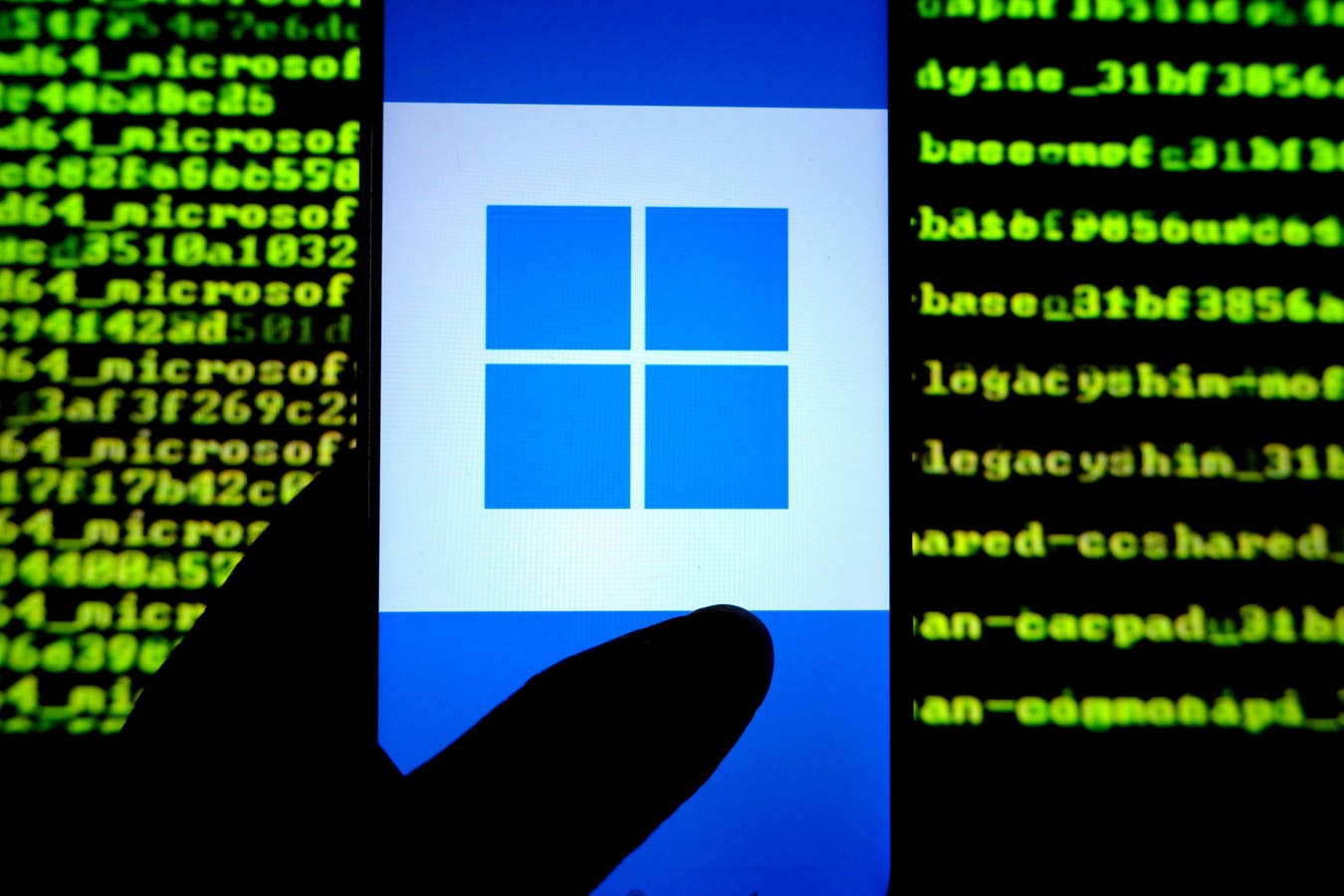Windows 11 uodate causes Firewall error messages, Microsoft has confirmed.
Microsoft Windows updates: you can’t live without them, but living with them can be tough at times. When high-severity vulnerabilities are uncovered, such as CVE-2025-33073, which can lead to Windows system takeover, updating is a security no-brainer. When vulnerabilities are of the zero-day variety and already subject to ongoing attacks, the need to update is even more critical. The problem that Microsoft has, however, is a history of fumbled update issues that have led to mass confusion at best, and at worst, problems like the startup loop of death that prevent users from being able to use their Windows machines. So, when yet another Windows update problem emerges, the user base heaves yet another sigh of exasperation. Here’s what you need to know about the Windows 11 firewall configuration error, erm, error.
Microsoft Windows Non-Security Update Leads To Misguided Security Concerns
Windows 11 users are experiencing issues with a Firewall configuration error when using Windows Firewall with Advanced Security, following the June 26 KB5060829 Windows update. One simply cannot ignore the irony of a non-security update leading to security concerns.
Microsoft has now confirmed that the issue is displayed within the Event Viewer under event 2024 for Windows Firewall With Advanced Security. The error appears, Microsoft said, “as Config Read Failed with a message of More data is available.” This error is triggered every time the Windows device is restarted, Microsoft admitted.
The good news in this mess of Microsoft’s own making, is that the error “can be safely ignored,” according to the Seattle tech behemoth. As it does “not reflect an issue with Windows Firewall.”
The Truth Behind Microsoft’s Latest Windows Update Fumble
So, what is actually going on, beyond the obvious update faux pas? Microsoft’s July 2 update, erm, update, explains this error as being “related to a feature that is currently under development and not fully implemented.” Oh well, that’s OK then, and doesn’t display any lack of proper validation of update integrity before release at all. I mean, it’s good to know that the issue does not have any impact on or to Windows processes and that, as Microsoft has said, it is “working on a resolution and will provide an update in an upcoming release,” but wouldn’t it be better if these things were discovered before the update is made available to one and all?
I have approached Microsoft for a statement.









